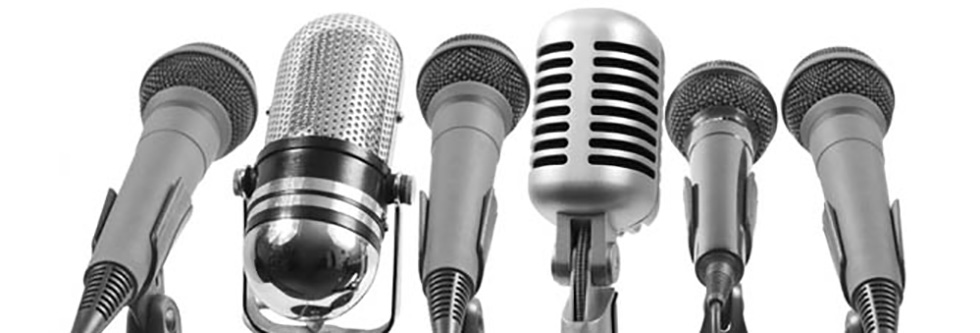As a Speech Pathologist, I often have clients come to my office seeking professional help because they don’t like their “voice”. While this is true occasionally, more often than not, what they really mean is that they don’t like their “speech”. Since some people use these terms interchangeably, often resulting in confusion, a clarification seems appropriate.
About How Voice Is Produced
Voice is the sound produced by the larynx or voice-box. Voice is not always produced as speech. For example, infants can babble and coo and most people produce sound when they laugh. Your voice is your unique signature; it reflects your personality, your mood, and your auditory identity. When you receive a phone call, you can usually identify the caller based on the sound of their voice. When they speak, you can tell if they are happy, sad, anxious, upset, or not feeling well. Voice reflects a great deal about us as individuals at different moments in time.
Using The Voice Properly
If you do not use your voice properly, functional abnormalities of the vocal cords, such as a raspy, a hoarse, or a breathy sounding voice, may result. These symptoms typically reflect vocal cord nodules, vocal cord polyps, or other medical conditions that require treatment by an ENT (Ear, Nose and Throat Physician) and a Speech Pathologist. A Speech Pathologist would assess the quality, pitch and loudness of your voice for communication purposes. Voice therapy would focus on promoting easy onset of vocalizations. Additionally, a Speech Pathologist would emphasize the use of pausing and phrasing to increase breath support for verbalizations. It is also important to teach the importance of eliminating abusive vocal behaviors such as screaming and throat clearing. A healthy voice is essential to good communication!
Voice Vs. Speech
Now that we have clarified the use of the term “voice” it is important to do the same for “speech”. Speech is more of a mechanical act; it’s the way you structure the placement and movement of your articulators – lips, teeth, tongue- to produce a series of vowel and consonant sounds. When you make these movements with precision, your articulation is clear and your speech is easily understood. However, if you do not speak with precision and accuracy, your speech will be marked by sound substitutions, omissions, and distortions. Humans use connected ongoing speech to express thoughts, feelings, and ideas orally to others, and when your speech is not well articulated, your ability to express yourself clearly will be restricted.
Non Native Speakers and Accent Modification Training
In the case of non-native speakers, who use the sounds of their own language to speak English, sound substitutions, distortions, and omissions can result in misunderstanding, frustration and misconception. For these individuals, working with a licensed Speech Pathologist to learn Standard American English, can greatly improve their speech and communication success. Accent modification training can provide non-native speakers with the confidence to speak comfortably in professional and social situations.
Voice is the music of your communication and speech is the lyrics. When used well together, they create a song worth hearing!









Leave a Reply